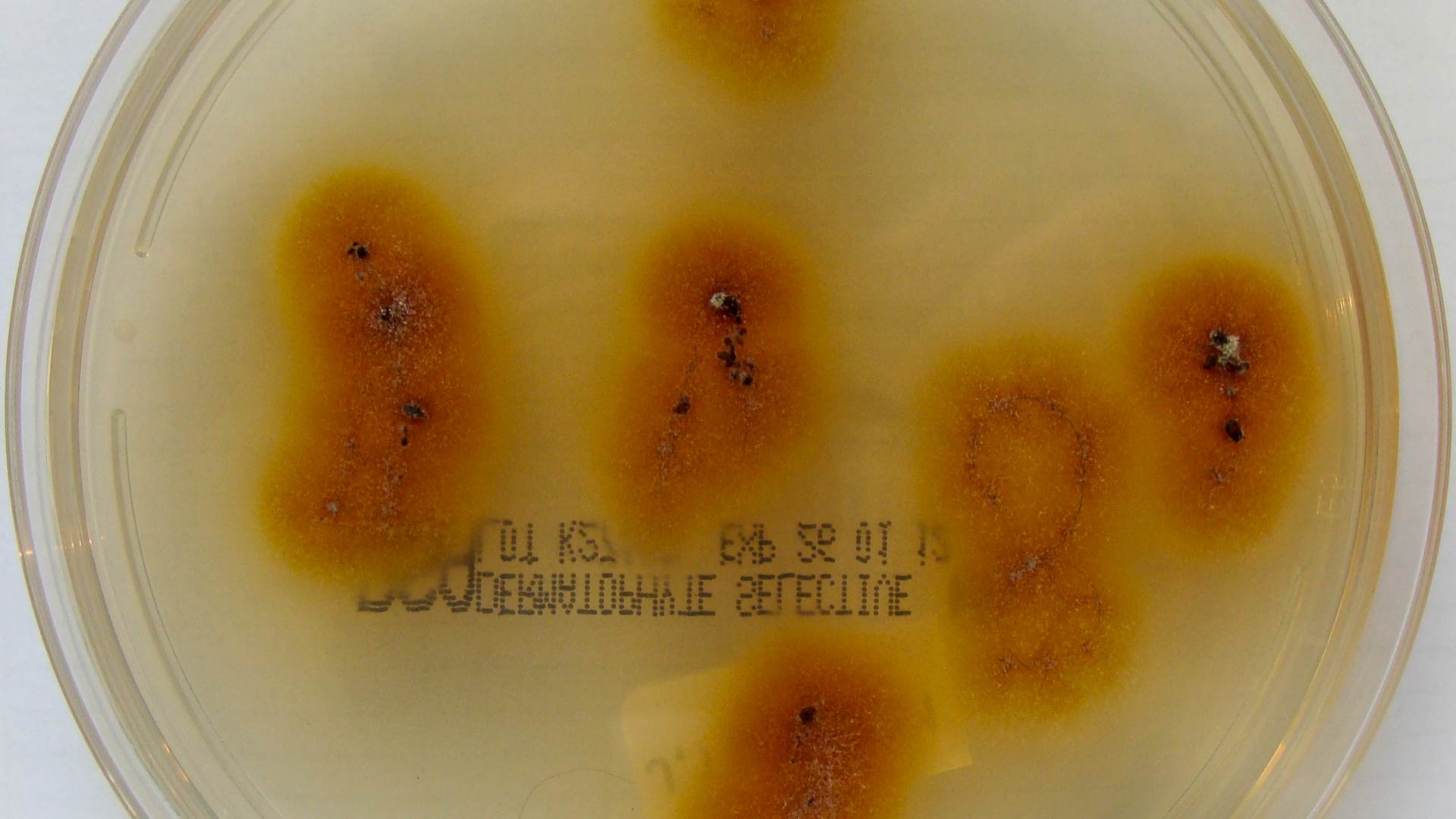A case report published on June 5 documented the first incident of a sexually transmitted ringworm rash that is caused by a rare type of fungus.
The fungus was identified as Trichophyton mentagrophytes type VII and is considered a contagious fungus. This case report comes at a time when researchers are worried about the effectiveness and viability of anti-fungal drugs.
Case Report

On Wednesday, JAMA Dermatology published a report titled “Potential Sexual Transmission of Tinea Pubogenitalis From TMVII.”
The report revealed that a man in New York City tested positive for Trichophyton mentagrophytes type VII (TM-VII), developing a rash on his groin, legs, and buttocks.
Report Details

In the abstract, the report goes over the rarity and phenomenon of the rash caused by different fungi, and how it is recently on the rise in some places.
“Tinea genitalis/pubogenitalis is a rare manifestation of dermatophytosis affecting the genitals and pubic region. In the last decade, male genital dermatophytosis has been increasingly reported in India, corresponding to the emergence of Trichophyton indotineae. Climate, hygiene, and bathing practices likely contribute to genital dermatophytosis in India, which is also driven by inappropriate use of topical steroids,” the report said.
First US Case

This case in New York City is reportedly the first time this particular fungus has been identified in the United States infecting someone and is considered rare. According to a report published on Research Gate, there seems to be an increase in the contraction of pathogens we aren’t prepared for in modern society.
“In the course of globalization, migration and global warming, we are increasingly confronted with pathogens that do not occur naturally in our latitudes or appear in a different form,” said the abstract in the report.
How Did He Catch It?

The New York City man, a man in his 30s, had recently traveled and had sex with other men in England, Greece, and California. The case report thinks that this sexual transmission is the most likely cause, however, it also mentions it couldn’t rule out him contracting the fungus at a sauna.
A CDC report released last year on TM-VII found that out of 13 reported cases in France, 12 patients who contracted it reported being men who have sex with men.
Predominately Sexually Transmitted

A 2023 report from the European Academy of Dermatology and Venereology found that enough evidence exists to assert that TM-VII is primarily spread through sexual transmission.
“Based on the localization of the lesions and the sexual risk factors of the patients, our case series provides further evidence suggesting that TM-VII infections are predominantly sexually transmitted. Understanding the mode of transmission is crucial, as this knowledge can have significant implications, such as screening key groups for signs of infection and partner tracking measures,” the report said.
Trouble With Fungal Infections

Currently, antifungal drugs can provide a challenge for scientists to develop compared to some other drugs, and fungi are better at developing resistance.
“We think a lot about antibacterial resistance, but this is a very important time for us to think about anti-fungus resistance,” said Mahmoud Ghannoum, a professor of dermatology at the Case Western Reserve University School of Medicine in Cleveland.
Status of the Infected

The man, who is an American, was able to successfully recover from the infection, only needing standard anti-fungal medications.
However, this recovery process took over four months until he was completely healed and had to be put on multiple drugs until one was found to be effective.
Appropriate Care

Jeremy Gold, a medical epidemiologist at the Centers for Disease Control and Prevention (CDC), commented on the case, warning clinicians about using multiple courses of treatment and called the case report “notable.”
“Oftentimes, what happens is that these patients receive multiple courses of antibacterial drugs which are not going to make the fungus better,” Gold said. “Clinicians should keep this in mind so that patients can get appropriate care.”
Is it Spreading?

Despite factors like globalization increasing the risk of the disease spreading, Dr. Avrom Caplan, an assistant professor of dermatology at the NYU Grossman School of Medicine and author of the case report, doesn’t think there is cause for alarm though people should always be vigilant.
“There’s no evidence that this is widespread, or that this is something that people really need to be worried about,” Caplan said. “But if people are having itchy eruptions in areas like the groin, and it’s not getting better, see a doctor.”
What Does It Look Like?

Typically ringworm rashes form in circles, much like their name. However, in the case report, Caplan asserts that the rash from TM-VII is more akin to eczema.
Eczema is a more common skin condition characterized by a dry skin rash as well as itchiness that results in inflamed skin.
See Your Doctor For Unexplained Rashes

The good news about TM-VII is that it is currently treatable. Caplan urged those who think they may be suffering from a skin condition to seek appropriate medical treatment.
“If you have a rash or lesions on your skin that aren’t getting better, and you think it might be ringworm,” said Caplan. “see your doctor.”
